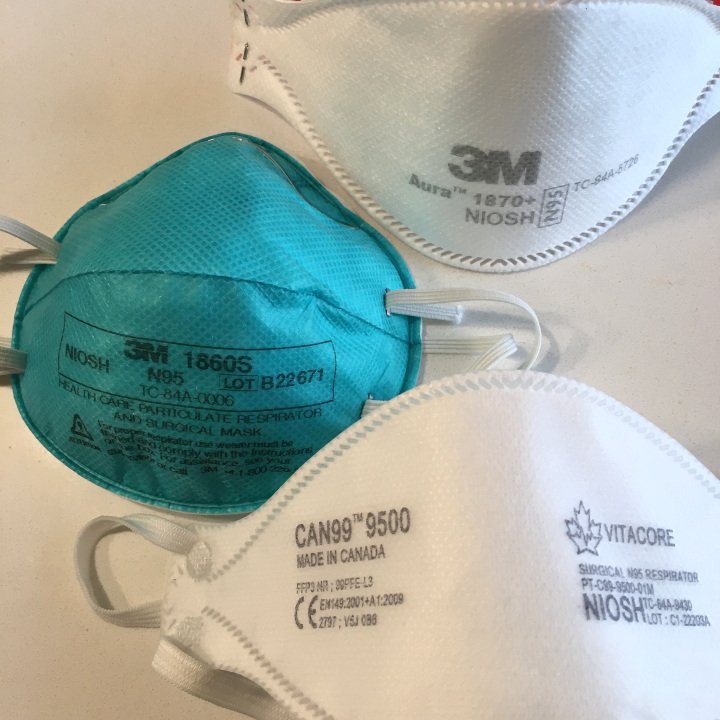Scientists investigating long COVID in youth found similar but distinguishable patterns between school-age children (ages 6-11 years) and adolescents (ages 12-17 years) and identified their most common symptoms. The study, supported by the National Institutes of Health (NIH) and published in JAMA, comes from research conducted through the NIH’s Researching COVID to Enhance Recovery (RECOVER) Initiative, a wide-reaching effort to understand, diagnose, treat, and prevent long COVID, a condition marked by symptoms and health problems that linger after an infection with SARS-CoV-2, the virus that causes COVID-19.
Children and adolescents were found to experience prolonged symptoms after SARS-CoV-2 infection in almost every organ system with most having symptoms affecting more than one system.
